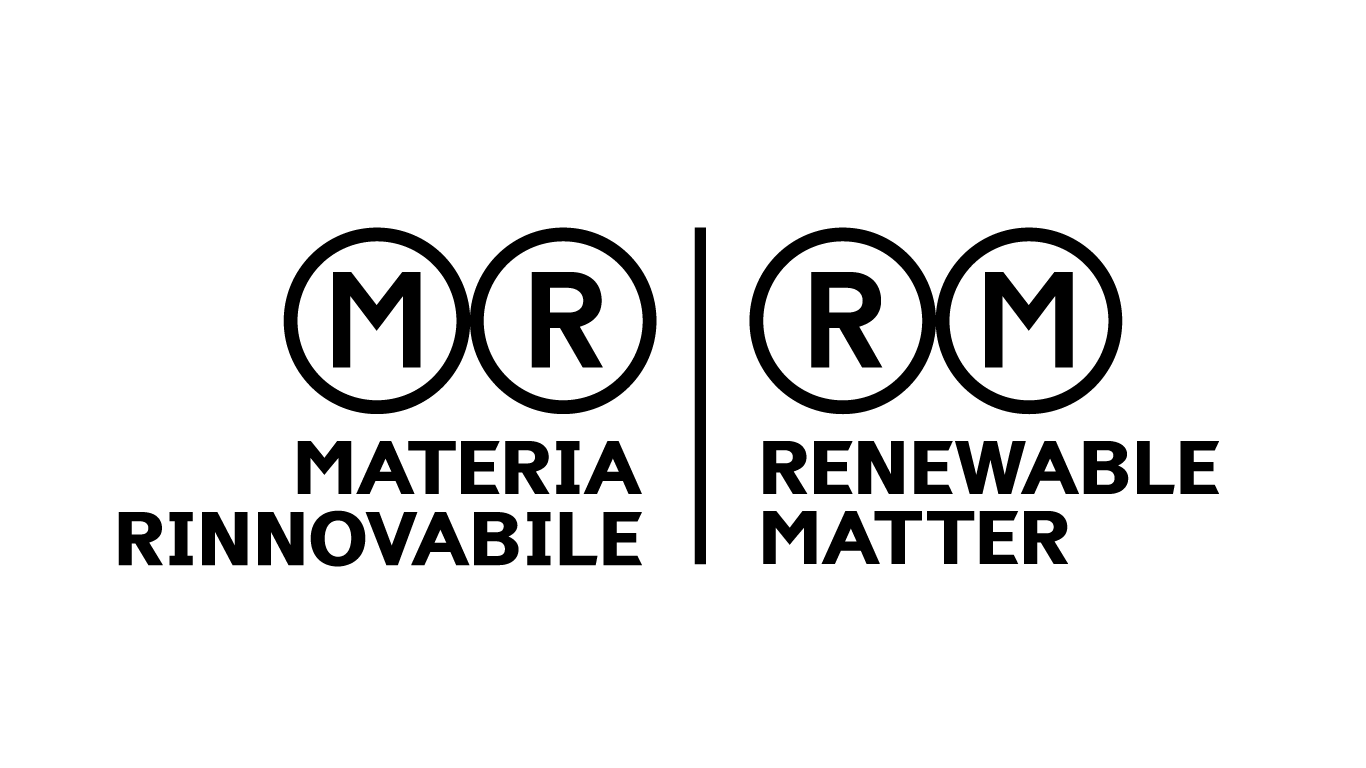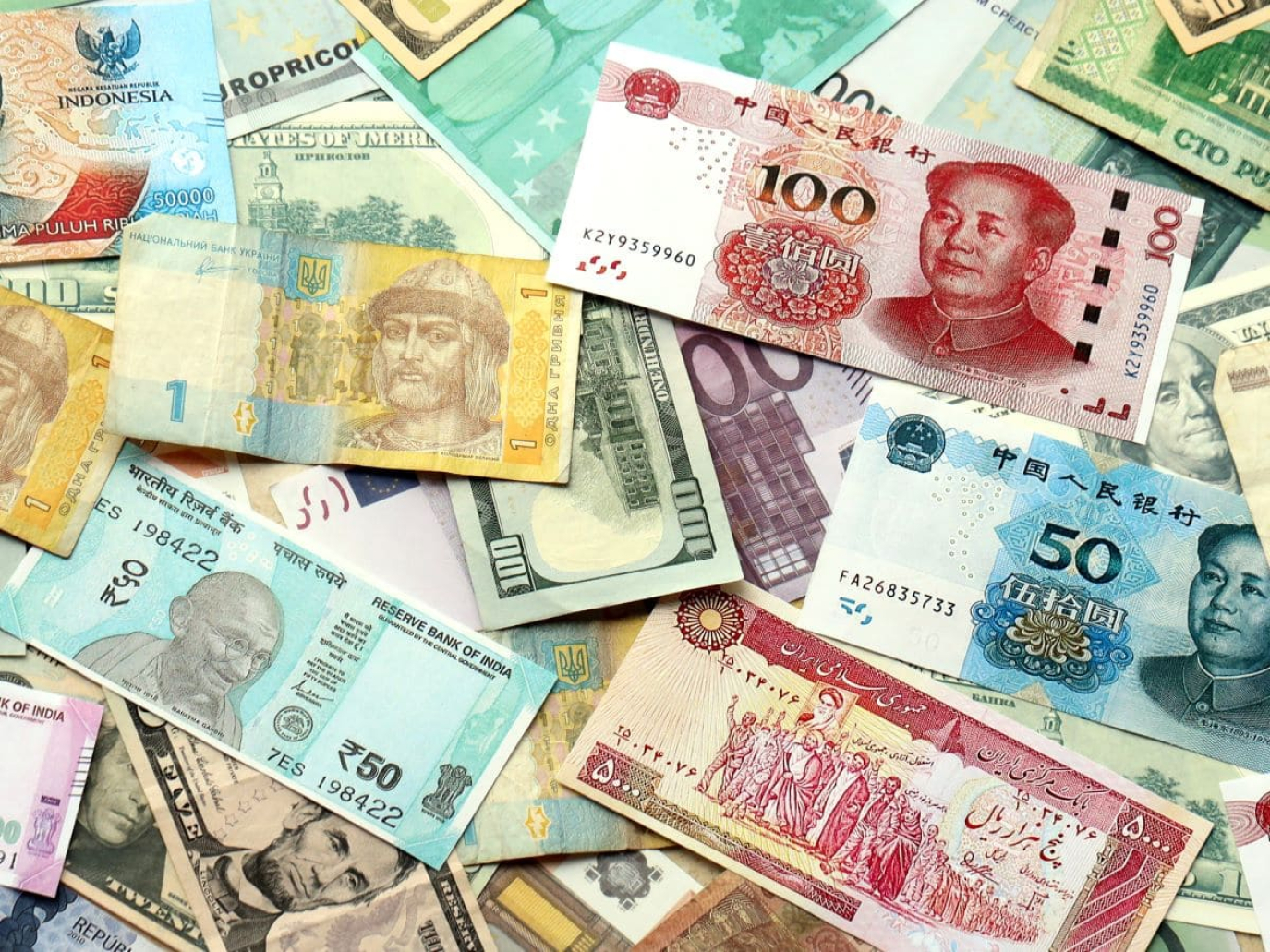
This article is also available in Italian / Questo articolo è disponibile anche in italiano
Some currencies are greener than others, and among the Asian ones, the Chinese yuan is currently the most promising. Credit goes to the green policies of the People's Bank of China, which, according to the first East and Southeast Asia Green Central Banking Scorecard produced by the think tank Positive Money, has in recent years achieved significant progress in climate and sustainable finance. This boosts the ecological transition not only nationally but across the entire region.
The report, published on September 10, analysed for the first time the green policies of the central banks of the ASEAN Plus Three (APT) area, i.e. the ten members of the Association of Southeast Asian Nations plus the three largest economies in East Asia (China, Japan and South Korea). While “no country is found to be implementing green central banking policies at a scale commensurate with the severity of the ecological crisis,” some Asian countries such as Indonesia, Malaysia, Singapore, the Philippines and Japan have made significant strides. And once again, China is leading the pack, already securing a solid sixth place in the G20 ranking: behind the European Union, but well above the performance of the United States
What is the Green Central Banking Scorecard
Compiled since 2021, the Green Central Banking Scorecard is quite literally a report card assigned to G20 countries based on the progress made by their central banks in integrating environmental policies into their operations and initiatives. Countries are evaluated and then ranked across four categories: Research and Advocacy, Monetary Policy, Financial Policy, and Leading by Example.
The report is compiled by the global organisation Positive Money, a think tank based in London and Brussels that promotes the reform of the global monetary and banking system towards greater fairness and sustainability, providing governments and central banks with analysis and tools to direct investment towards communities and the ecological transition.
The latest ranking, published in 2024, is led by France, Germany and Italy, followed in fourth place by the entire European Union bloc (i.e. the ECB), in fifth place by Brazil (which has made great strides since 2022) and in sixth place by China. Far below, in 17th place, are the United States. For the first time this year, Positive Money also rated to central banks in Southeast Asia and East Asia, drawing up a specific ranking for one of the most crucial regions in terms of transition and climate policies.
The green policies of central banks in Asia
The East and Southeast Asia Green Central Banking Scorecard is the first ranking of its kind to assess the green performance of Asian central banks on a country-by-country basis. Positive Money looked at 13 countries: the ten members of ASEAN (Laos, Cambodia, Indonesia, Malaysia, Myanmar, the Philippines, Singapore, Thailand, Vietnam and Brunei) plus China, Japan and South Korea.
Overall, analysts write, the development of green policies by Asian central banks is still in its early stages. However, the differences between the various countries and their specific critical issues are already very evident. Countries with relatively low GDP, such as Vietnam, Cambodia, Laos, Brunei and Myanmar (which scores zero), have ratings that indicate that their central banks are still at a very immature stage in the exploration and implementation of green policies. Yet it must be said that these countries are still suffering from the heavy legacy of colonialism and war, civil wars and, last but not least, a marginal position in the international monetary and financial system.
The most dedicated group, led by China, includes established and emerging economies such as Japan, Singapore, Malaysia, Indonesia and the Philippines, while South Korea and Thailand are halfway between the two groups. However, Japan and South Korea are criticised by Positive Money, which considers them “underperformers relative to their substantial economic capacity and outsized historical contributions to carbon emissions, which are second only to China.”
“Countries in the ASEAN+3 are being heavily impacted by the worst effects of climate breakdown, but many remain structurally locked into fossil fuel extraction,” said Joe Herbert, senior researcher at Positive Money and lead author of the report. “Crucial to changing this is large-scale green investment, and central banks have a key role to play in guiding finance away from the expansion of fossil fuel projects and towards the scaling up of clean energy.”
The People's Bank of China goes green, but must now divest from coal
Let's move on to the top of the class. According to the report, China has the most effective green central banking policies in the entire ASEAN+3 region. The credit goes to the People's Bank of China, supported by government bodies such as the National Financial Regulatory Administration (NFRA), which regulates the financial sector and replaced the China Banking and Insurance Regulatory Commission (CBIRC) in 2023. So what are the initiatives that earned the Chinese central bank its first place?
The scores for research, promotion and dissemination of good practices are not actually very high: Singapore, for example, performs much better on these points, despite the incomparable size of the two countries. The People's Republic, on the other hand, is strong on more practical policies: financial and monetary ones.
Regarding financial policies, analysts point to, for example, the climate stress tests implemented by the People's Bank and the green finance guidelines issued by the CBIRC, “which place a number of requirements on banks and insurers to further integrate environmental considerations into their policies and practices.”
Among monetary policies, the report highlights the People's Bank's Carbon Emission Reduction Facility (CERF), which provides low-interest funding to financial institutions to extend loans to emission reduction projects, and the integration of green bonds into the People's Bank's guarantee framework. “These policies gained validity against our scoring framework after parallel incentives for lending to ‘clean coal’ production were ceased in 2023, and coal was eliminated from green bond classifications,” write the analysts at Positive Money.
However, the report also points out that it is precisely the coal industry, which China has no intention of abandoning in the short term, that is holding back further development of Chinese green central banking. This is demonstrated by several loans remaining outstanding from previous years granted by the People's Bank as part of a special programme for the sector. This is a long-standing issue, on which China – like other countries in the Global South – has always asserted the principle of “common but differentiated responsibilities ”: those with lower “historical” emissions should not be required to phase out coal as quickly as countries in the Global North, which are much more responsible for the climate crisis.
Yet, as researchers at Positive Money point out, “given the level of political and economic influence China has, its progress in green central banking is not just of domestic importance, but has the capacity to shape and expedite decarbonisation and economic transformation away from ecologically damaging activities throughout the region.”
Cover: Envato image



